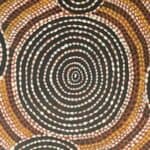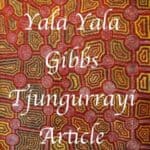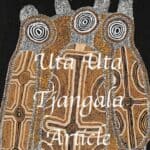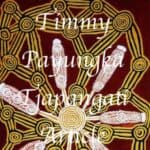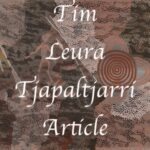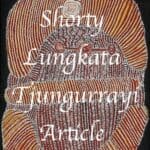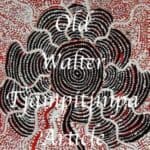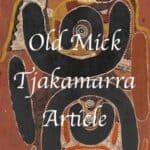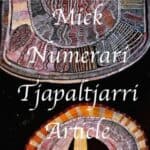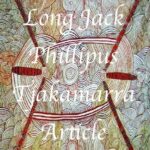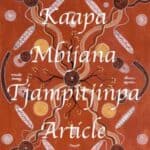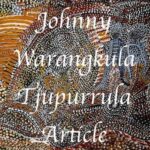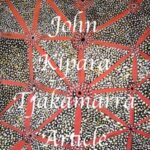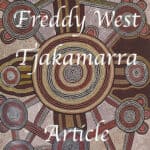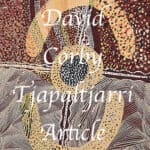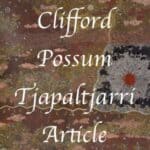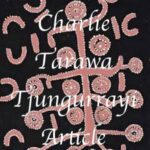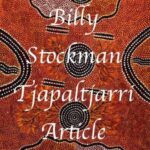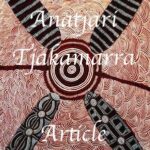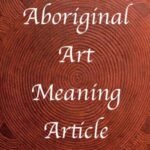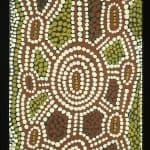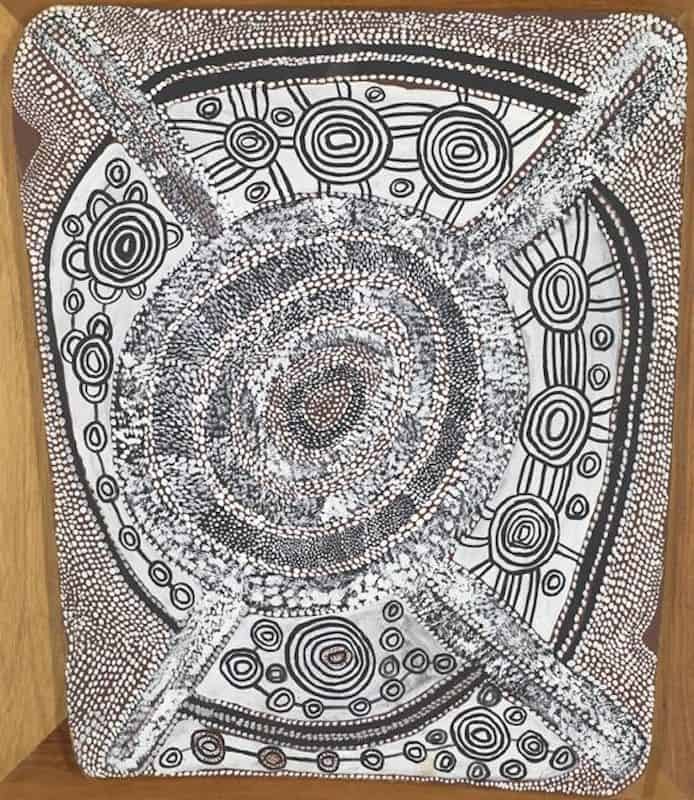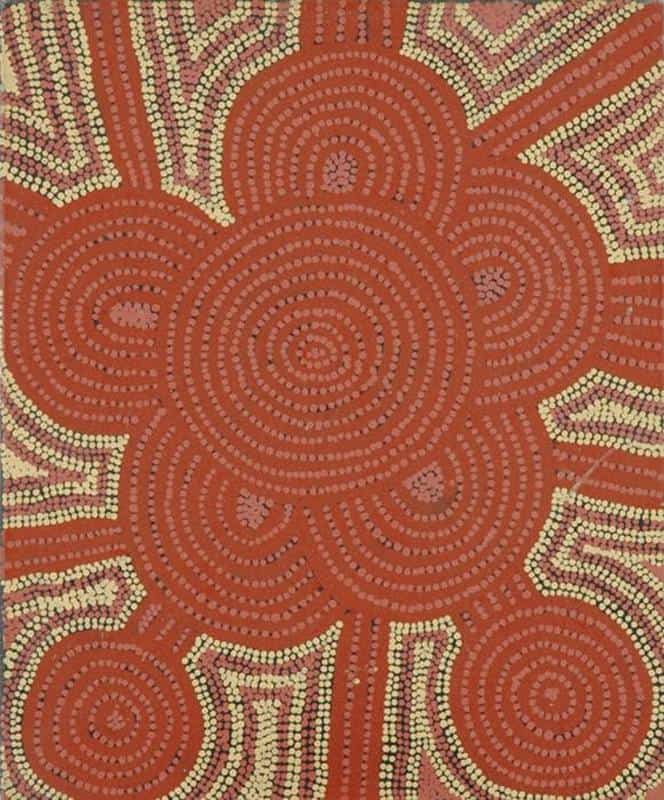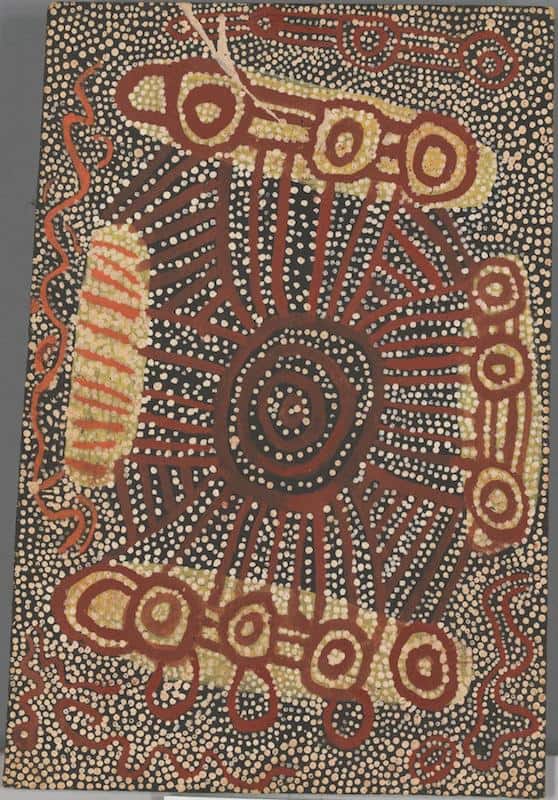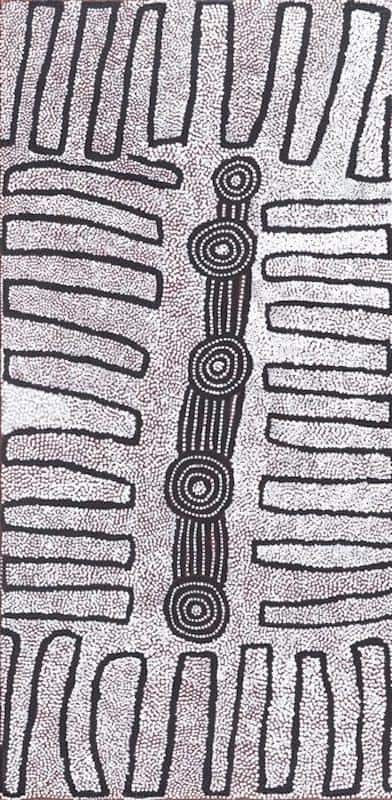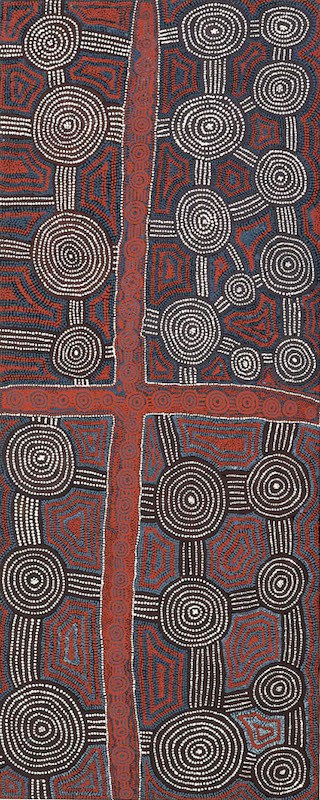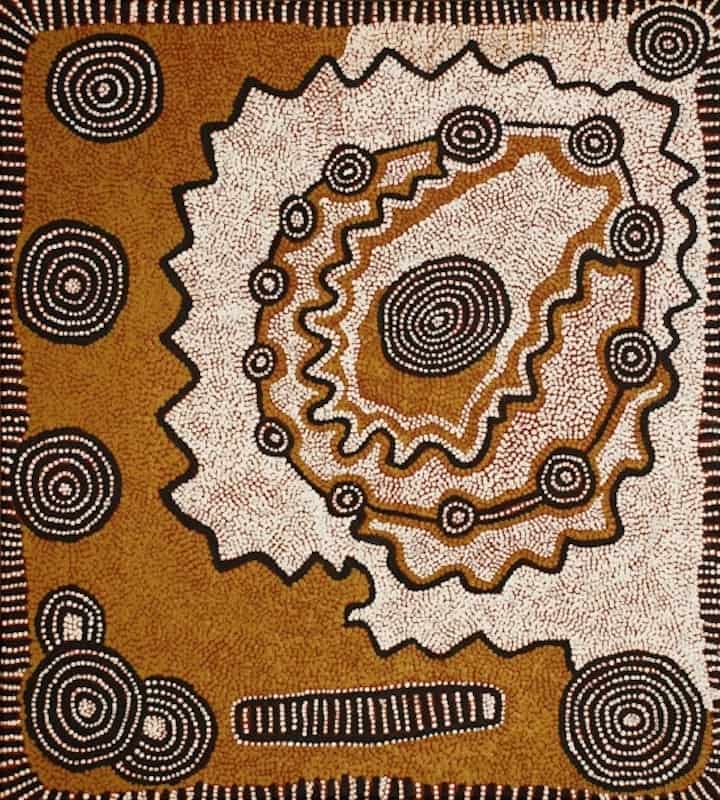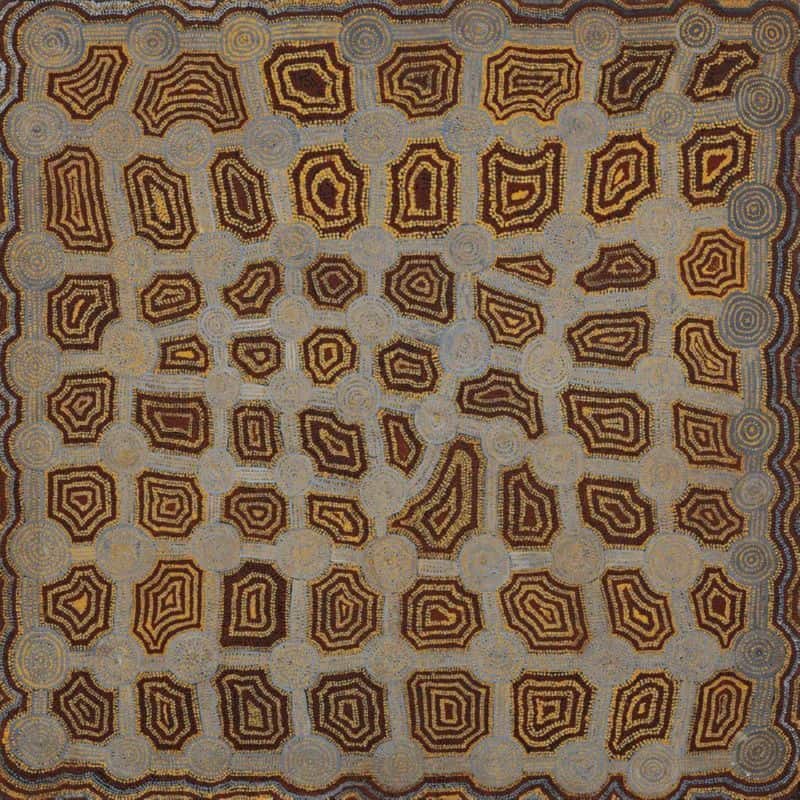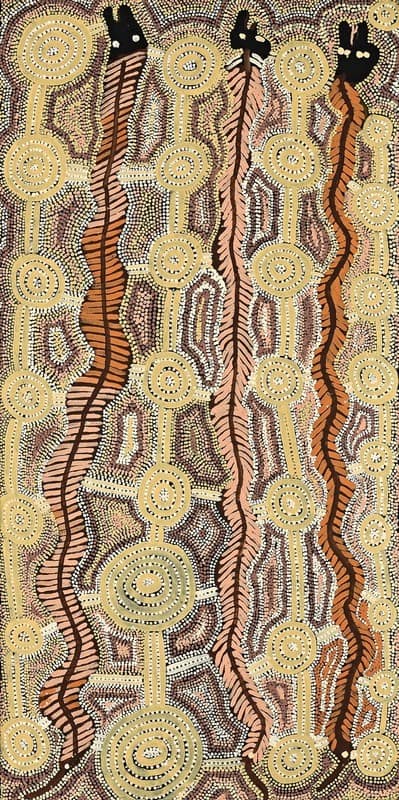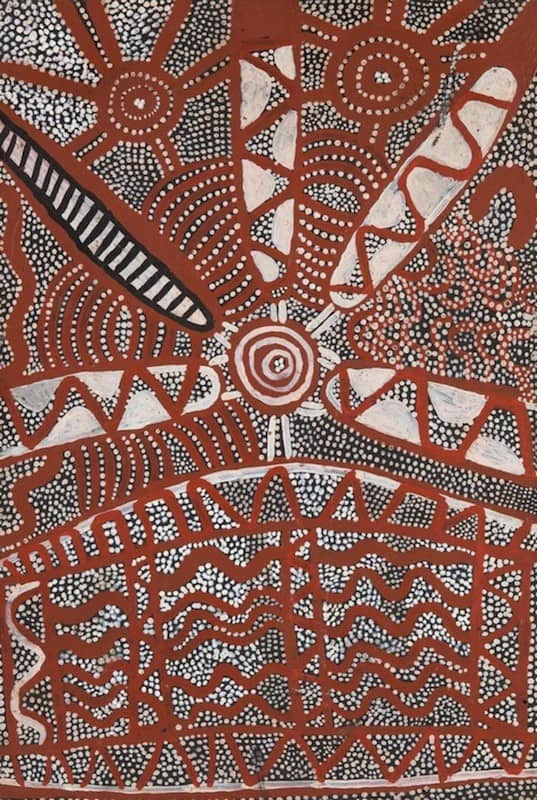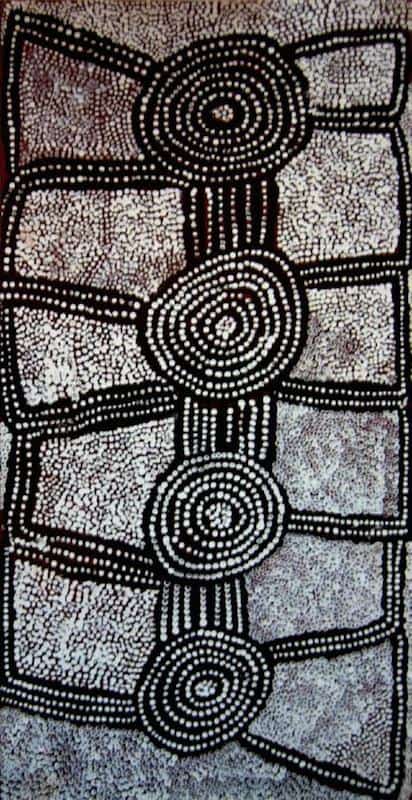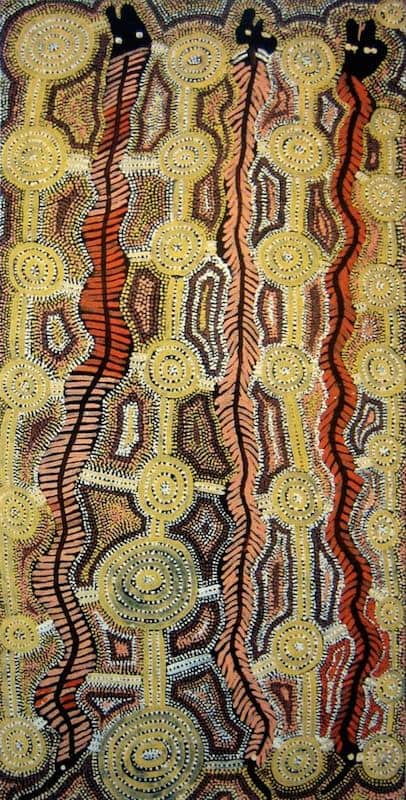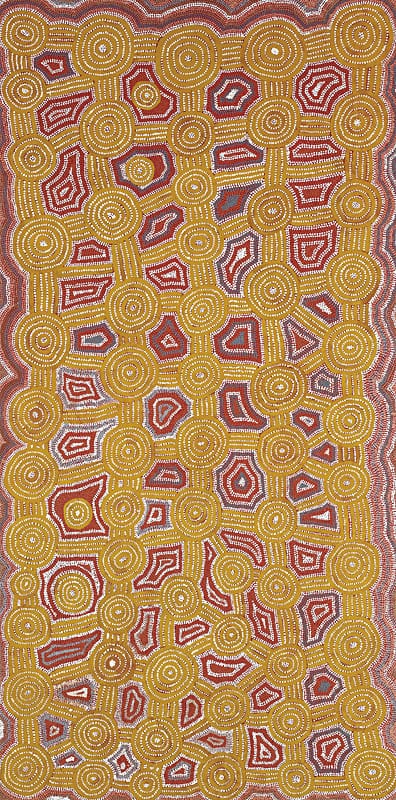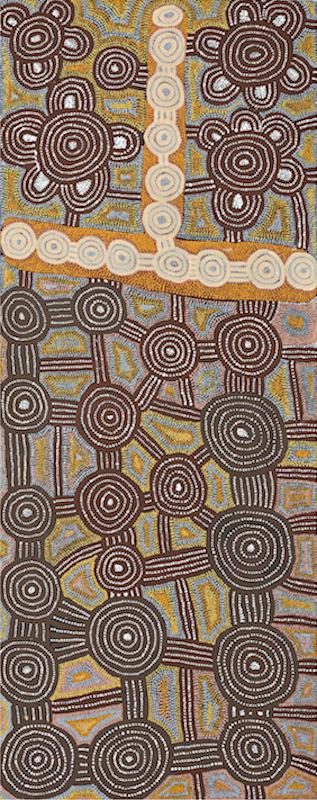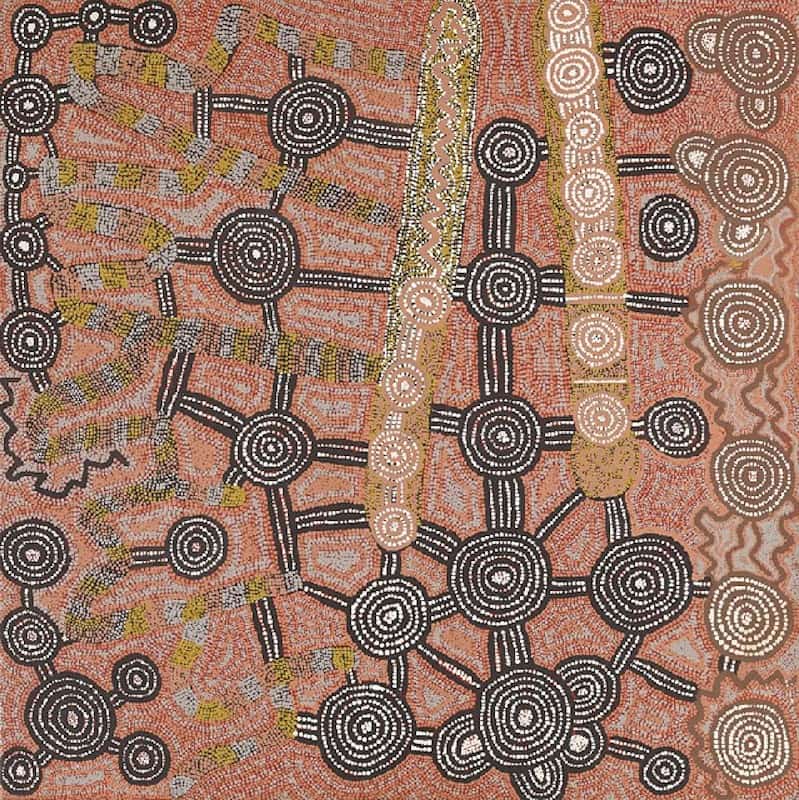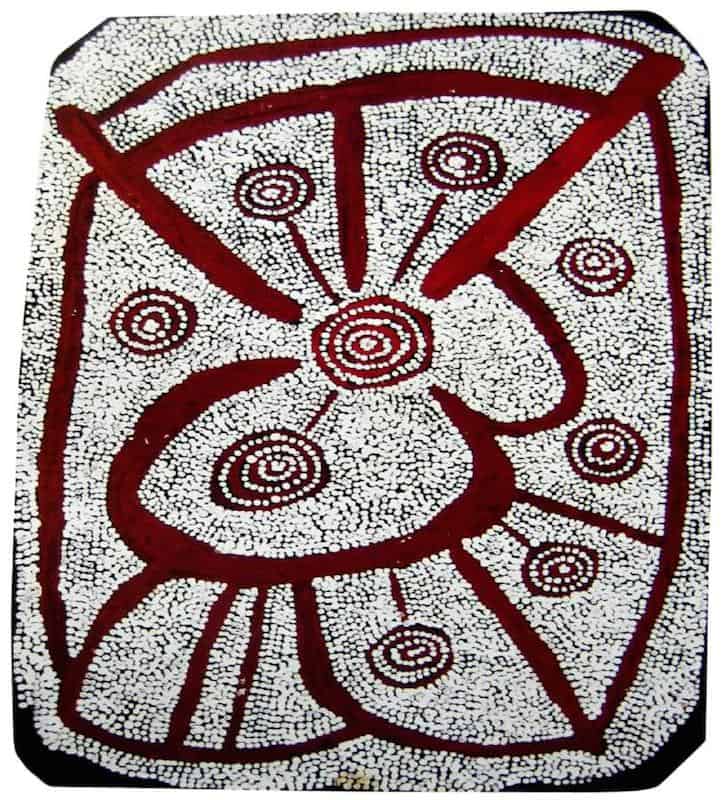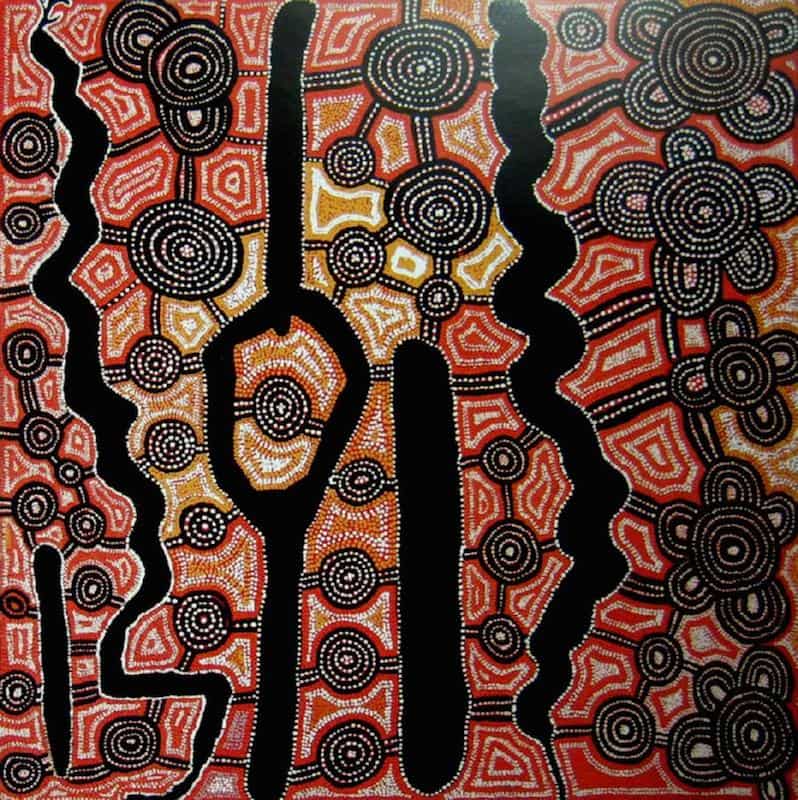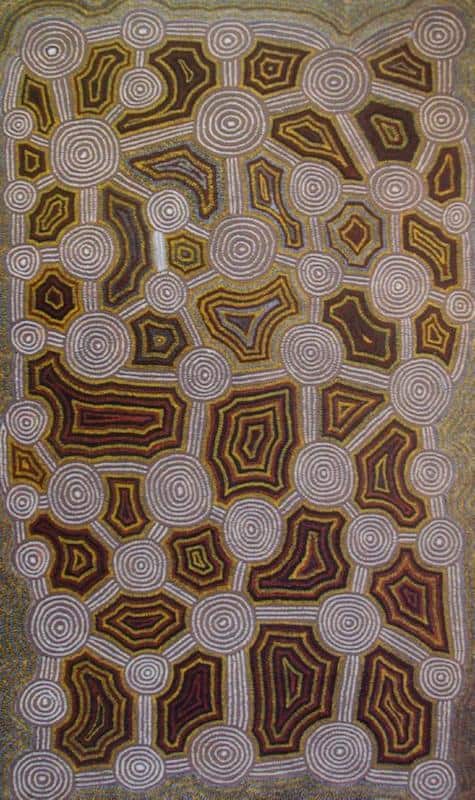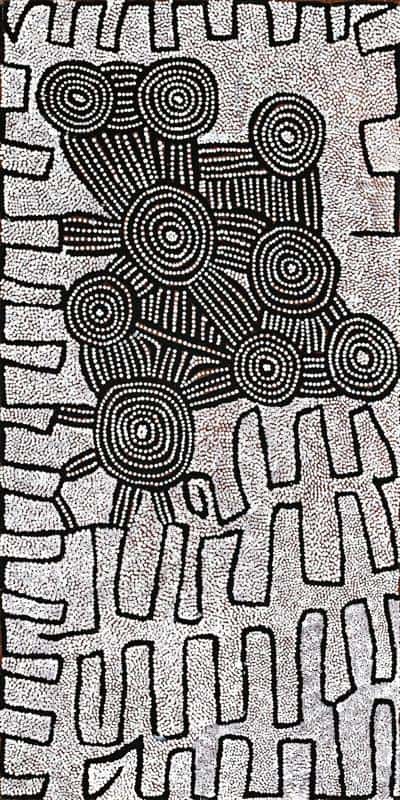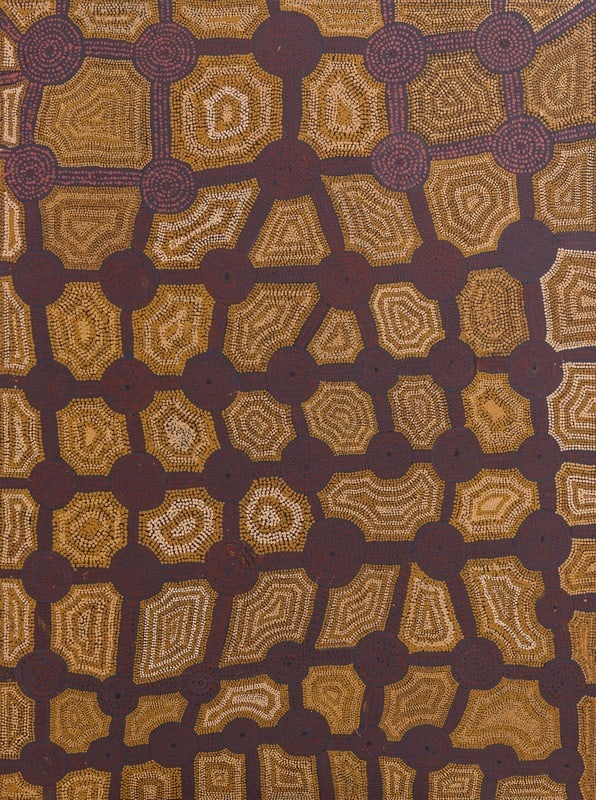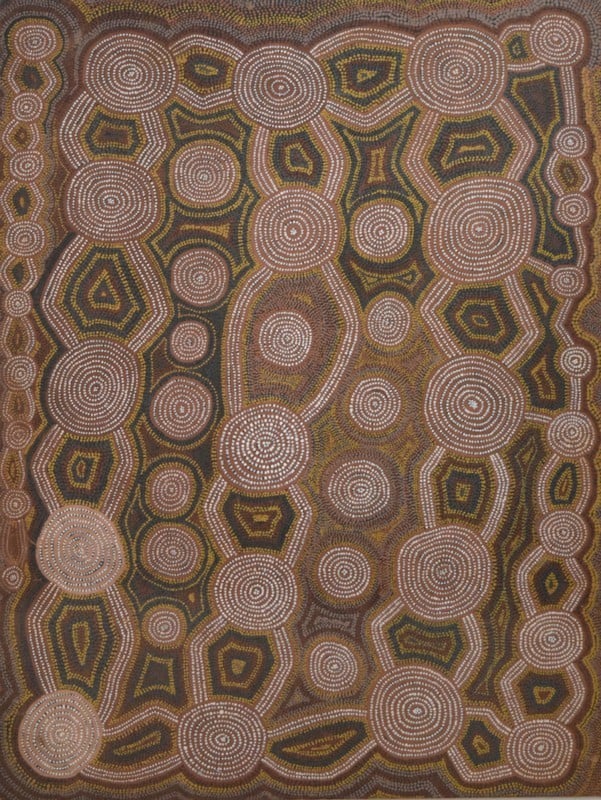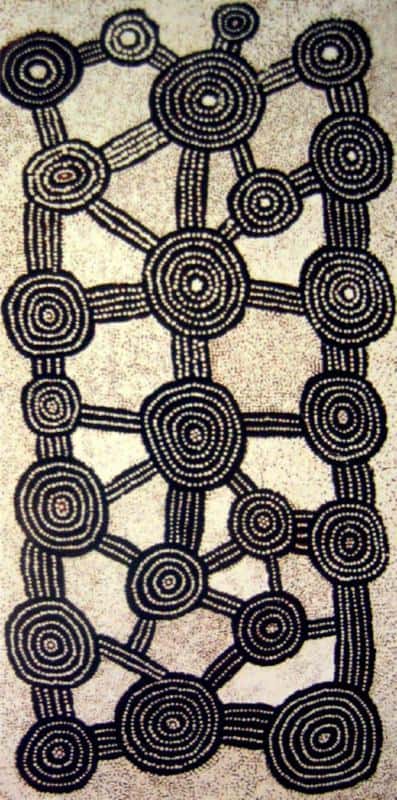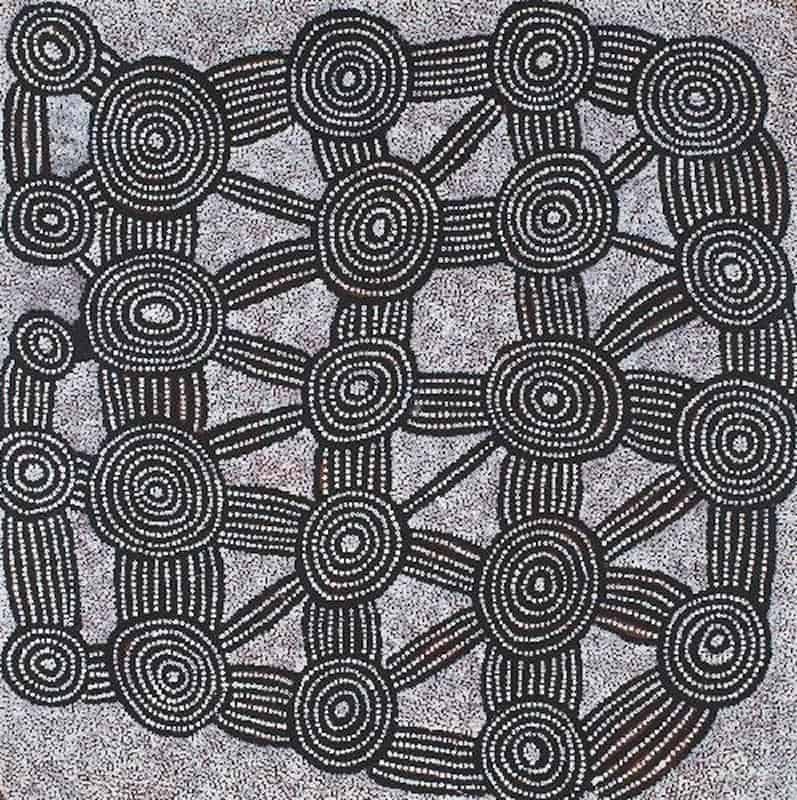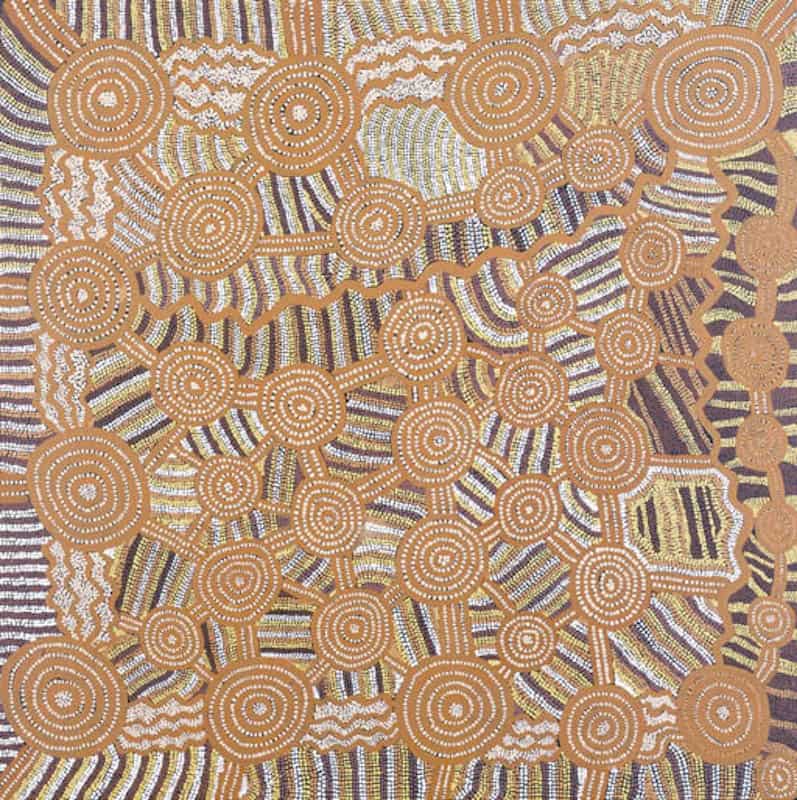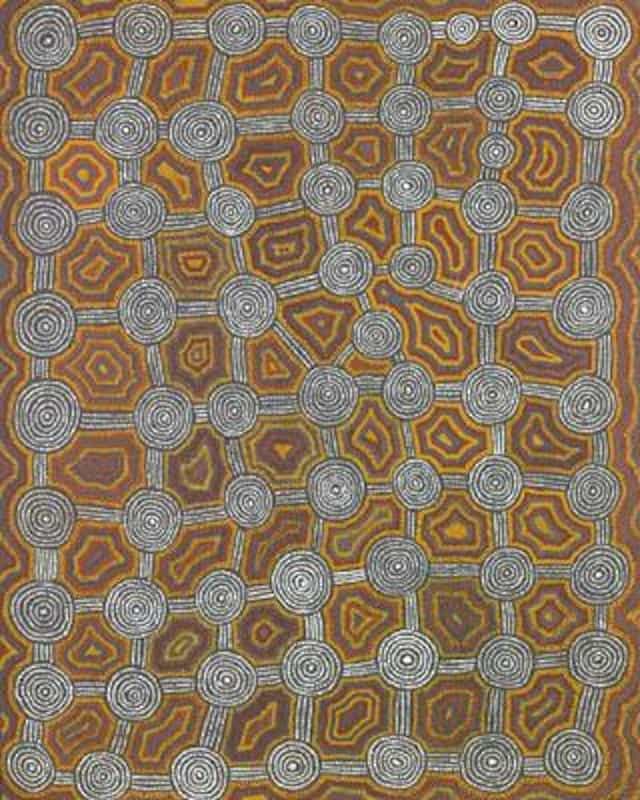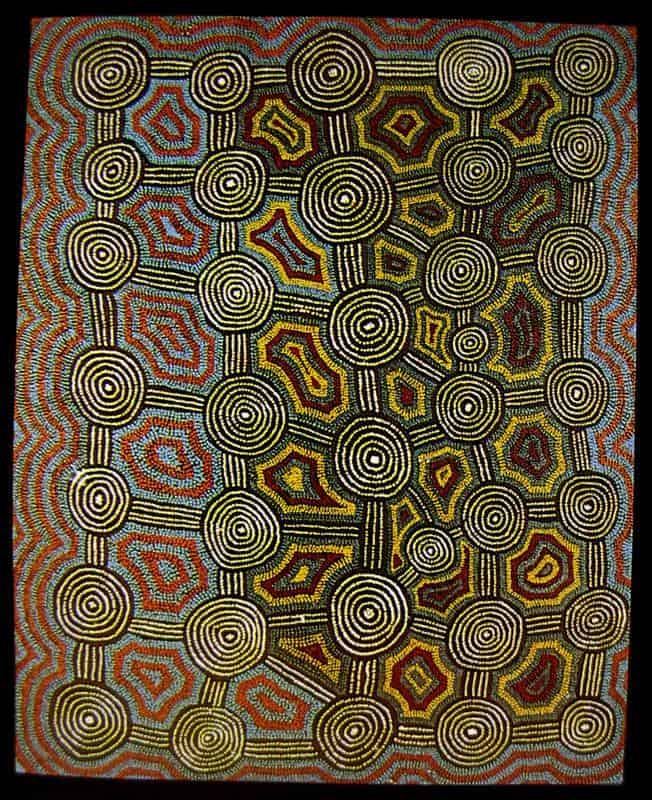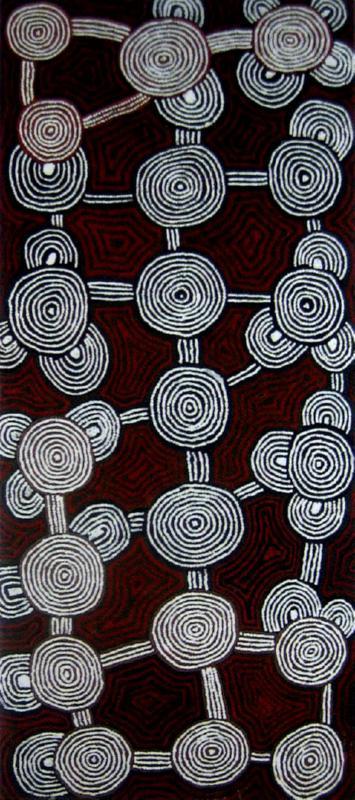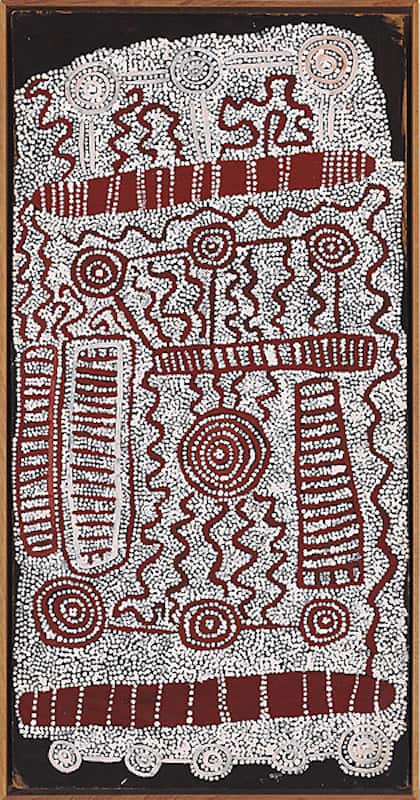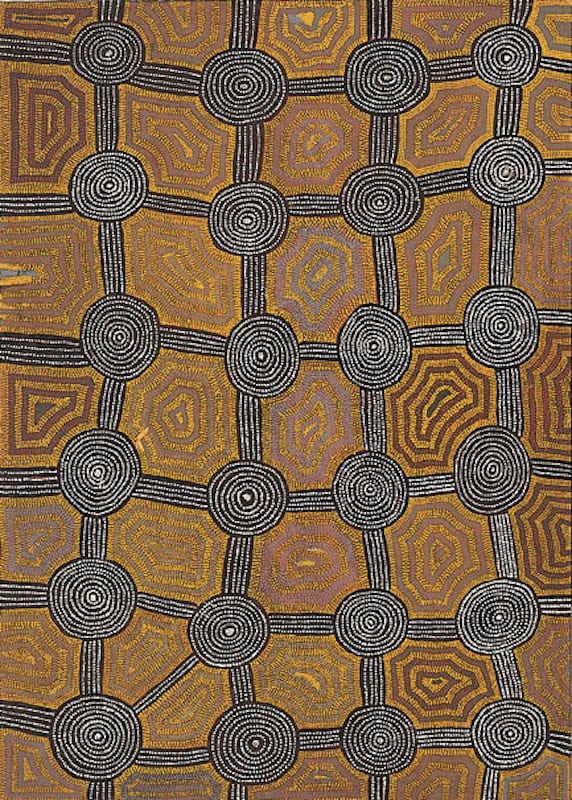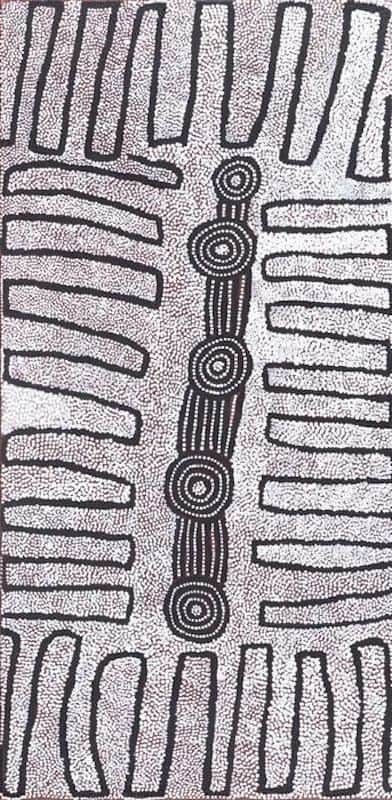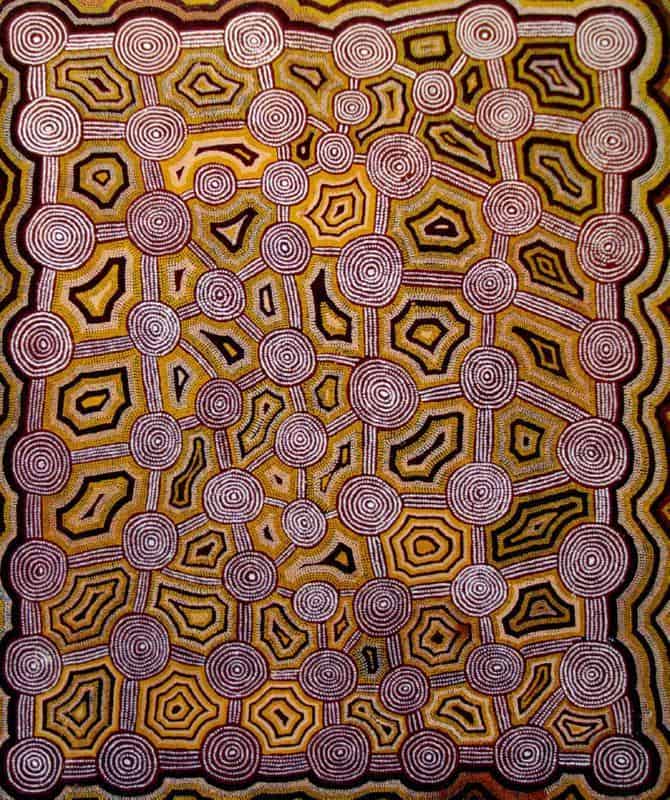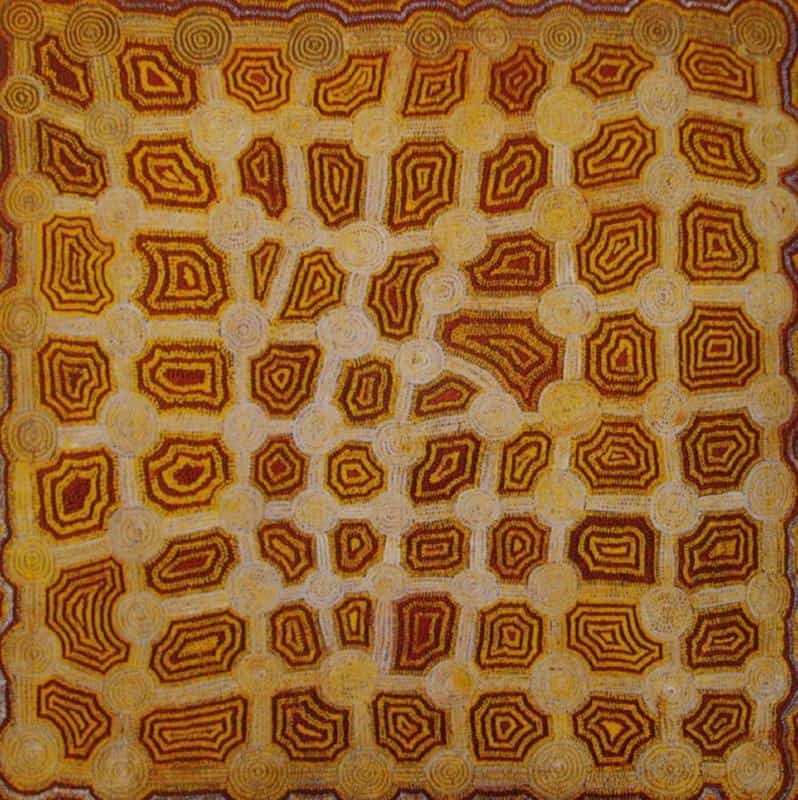Yala Yala Gibbs Tjungurrayi
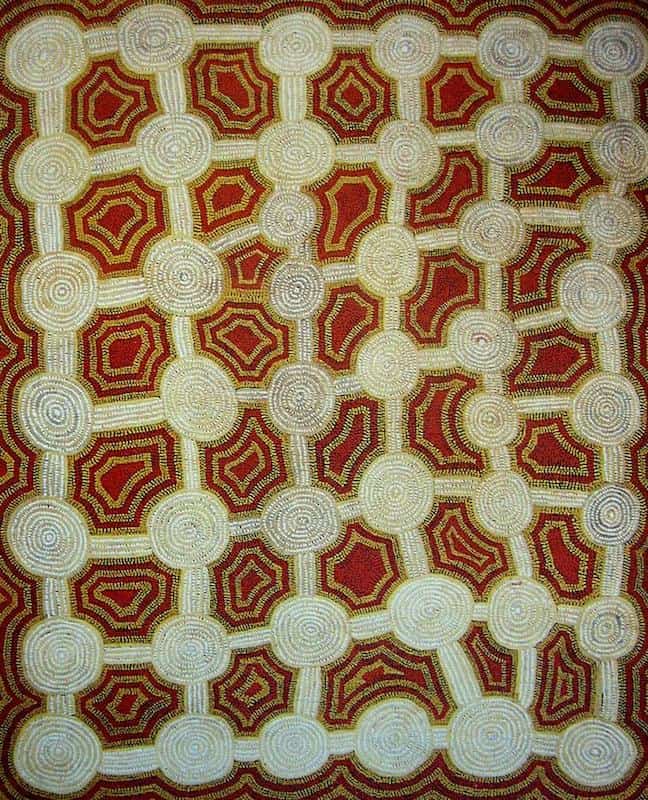
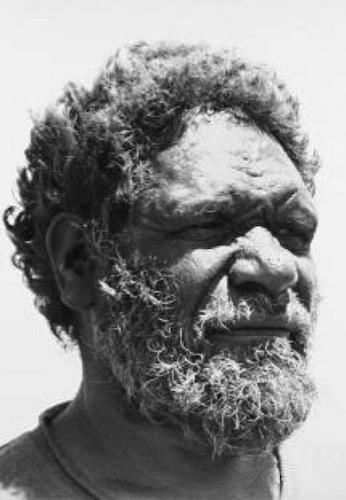
Yala Yala Gibbs Tjungurrayi Early Life
Yala Yala Gibbs Tjungurrayi was born around 1924 at Iltuturunga. For the first 38 years, he lived a traditional nomadic desert aboriginal lifestyle. He was initiated and married.
He first left his homelands west of Lake Macdonald in 1962 with his wife Ningura Napurrula. His son had suffered severe burns and they traveled to Papunya settlement for medical treatment.
He briefly returned to his homeland in 1963 as a guide for welfare patrols.
In July 1963 he returned to live at Papunya where his second son was born. In Papunya, Yala Yala worked with Anatjari, John Tjakamarra, and Freddy West as a farm laborer.
Early Painting
In 1971 Geoff Bardon became a local school teacher at Papunya primary school. He tried to encourage local children to paint in their own traditional style. When he found out only older men could paint these stories he started a men’s painting group.
Yala Yala was one of the first members of the painting group. He is recorded as being a solemn man who spoke little, but who gave himself wholeheartedly to his Art. He quickly developed fine technical craftsmanship, characterized by a strong linear quality.
Yala Yala was one of only six artists who received a government allowance which enabled him to paint full time in the first years of the painting movement.
Yala Yala was well known for his Tingari cycle paintings. Tingari paintings are characterized by numerous concentric circles joined by traveling lines. They became so popular that typify aboriginal art. Yala Yala Tingari paintings are like vast mind-maps of his desert homeland Loops, spirals and roundels are linked by traveling lines and held in unity with, often diffuse, background dotting.
He used a restricted range of ochre colors that helped convey his sense of connection to his country.
For Yala Yala painting was also a spiritual activity and he and other Pintupi artists like Shorty Lungkata, Uta Uta and Charlie would sing traditional chants while painting.
Yala Yala along with Freddy West, Charlie and Mick Namarari was one of the initial shareholders of a newly formed Aboriginal Art company called Papunya Tula. This company was owned by aboriginal artists and established to promote and sell aboriginal art.
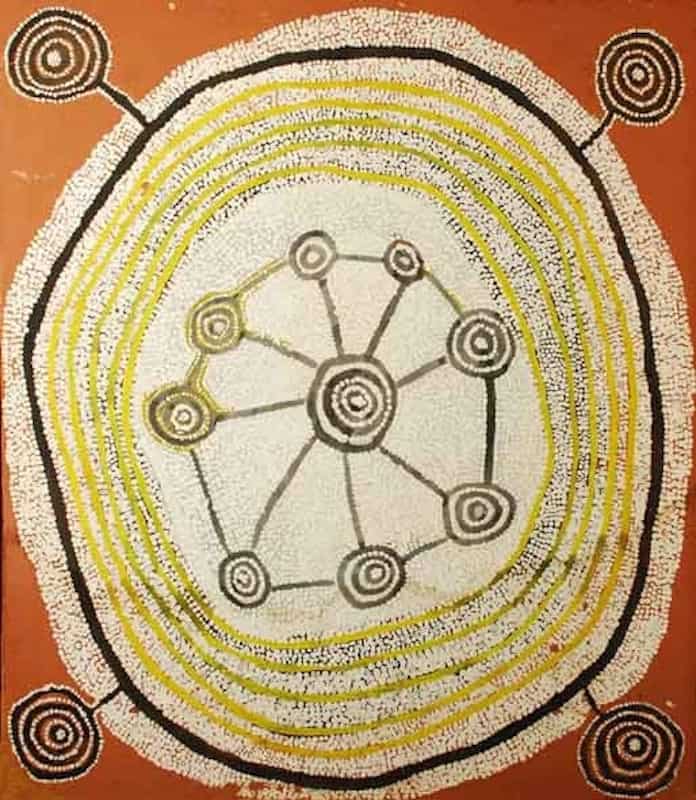
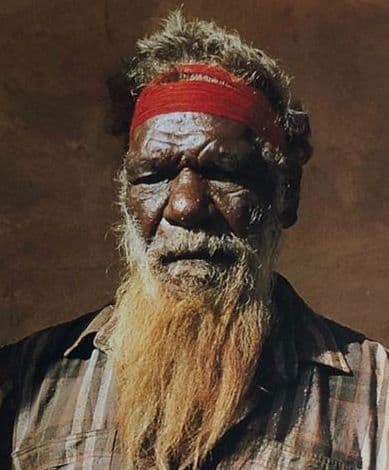
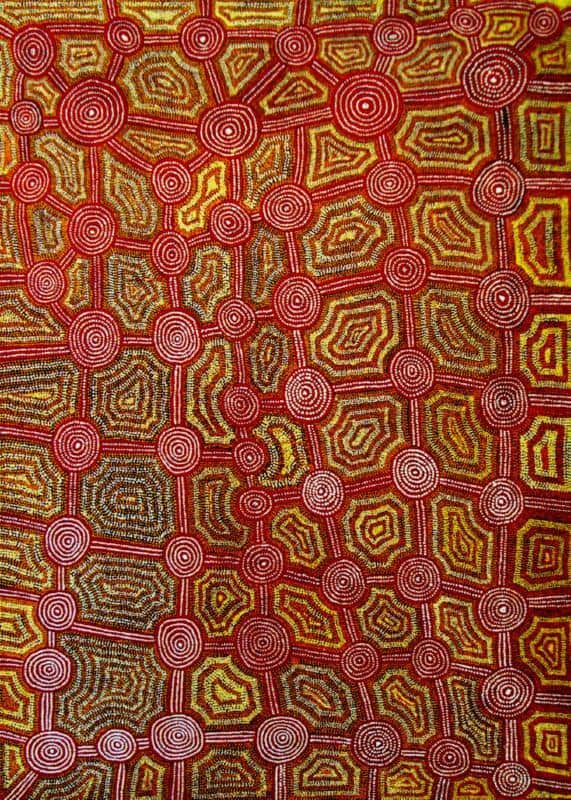
Peak period
In 1975, forty-four out of forty-six paintings, in a Perth exhibition, were turned to the wall in response to the demands of a visiting group of Pitjantjatjara men. They were deeply disturbed by overt references to their secret beliefs and ceremonies.
Papunya Tula painters were forced to pay compensation to the Pitjantjatjara men. Paintings from that time on were more stylized and sacred elements veiled.
This force style change caused some artists like Anatjari, Kaapa and Timmy Payunka to become artistically stifled. Yala Yala though had a natural talent for conceiving uncomplicated yet arresting arrangements. This included the Tingari style paintings of joined concentric circles His paintings along with Johnny Warangkula and John Kipara Tjakamarra soon accelerated to the forefront of the aboriginal painting movement. Aboriginal art became increasingly abstract. Secret and sacred designs were depicted less and less important stories came to the forefront.
Later Life
In 1981 Yala Yala moved from Papunya to Kintore to establish an outstation at Mantardi. His art was now all on canvass and in acrylics.
His art was in high demand and this was due in part to Andrew Crocker the art manager of Papunya Tula. Andrew promoted the paintings as contemporary art rather than ethnographic imagery and sold to collectors and galleries rather than museums.
Yala Yala works were for the first time included in an exhibition of large acrylic canvases shown at the Art Gallery of NSW.
In accord with market demand, Yala Yala broadened his experimentation with abstraction. He was free to develop his own signature Tingari style.
By the late 1980’s Yala Yala Tingari paintings fell out offavorr with the art market. The market was increasingly embracing an ever-growing number of regional styles. He was in competition with other artists like Mick Namarari, Turkey Tolson, and Ronnie Tjampitjinpa who were producing newer more trending styles. Yala Yala’s work to a large degree remained unchanged and became stale and his popularity as an artist declined.
He continued living in his outstation at Mantardi where he had close ties to his traditional lands midway between Kintore and Kiwirrkurra. He was a senior custodian of Pintupi sacred sites and knowledge, and painted devotedly until his death in 1998.
Yala Yala Gibbs is sometimes called Yala Yala Gibson

Yala Yala Gibbs Tjungurrayi references
Papunya: A place made after the Story
Early Papunya Artworks and Articles
All images in this article are for educational purposes only.
This site may contain copyrighted material the use of which was not specified by the copyright owner.
Yala Yala Gibbs Tjungurrayi Images
The following images are not the complete known work by this artist but give a good idea of his style and range.

